Science, Space and Technology News 2024
A study utilizing the James Webb Space Telescope has provided the first direct evidence that ultraviolet “winds” from nearby massive stars can cause rapid mass loss in young star protoplanetary disks through FUV-driven photoevaporation. Credit: SciTechDaily.comhighlights the destructive power of ultraviolet “winds” on the gas in protoplanetary disks surrounding young stars, shedding light on the intricate dynamics that limit the formation of gas giants in the cosmos.
Ultraviolet “winds” from nearby massive stars are stripping the gas from a young star’s protoplanetary disk, causing it to rapidly lose mass, according to a new study. It reports the first directly observed evidence of far-ultraviolet -driven photoevaporation of a protoplanetary disk. The findings, which use observations from theYoung low-mass stars are often surrounded by relatively short-lived protoplanetary disks of dust and gas, which provide the raw materials from which planets form.
The inner region of the Orion Nebula as seen by the James Webb Space Telescope’s NIRCam instrument. Credit: NASA, ESA, CSA, Data reduction and analysis: PDRs4All ERS Team; graphical processing S. FuenmayorTheoretical models predict that far-ultraviolet radiation produces photodissociation regions – areas where ultraviolet photons cast by nearby massive stars strongly influence gas chemistry on the surfaces of protoplanetary disks. However, direct observation of these processes has been elusive.
According to the findings, the rate at which this mass is being lost from d203-506 indicates that the gas could be removed from the disk within a million years, suppressing the ability for gas giants to form within the system.
United Kingdom Latest News, United Kingdom Headlines
Similar News:You can also read news stories similar to this one that we have collected from other news sources.
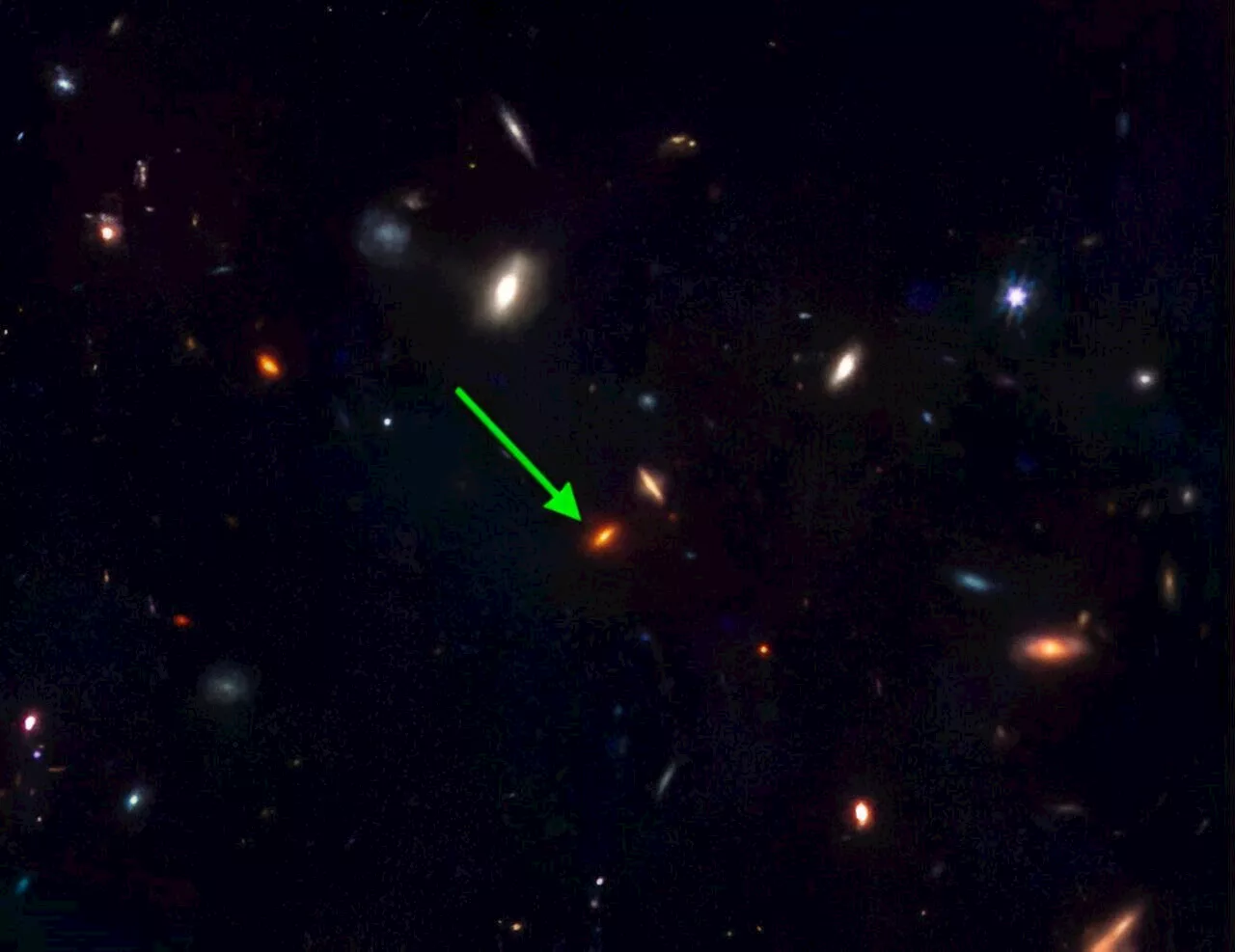 – Webb Space Telescope Discovers Mysterious Ancient GalaxiesScience, Space and Technology News 2024
– Webb Space Telescope Discovers Mysterious Ancient GalaxiesScience, Space and Technology News 2024
Read more »
 'Baby quasars': James Webb Space Telescope spots little giants in the deep pastThe James Webb Space Telescope has made one of the most unexpected findings within its first year of service: A high number of faint little red dots in the distant universe could change the way we understand the genesis of supermassive black holes.
'Baby quasars': James Webb Space Telescope spots little giants in the deep pastThe James Webb Space Telescope has made one of the most unexpected findings within its first year of service: A high number of faint little red dots in the distant universe could change the way we understand the genesis of supermassive black holes.
Read more »
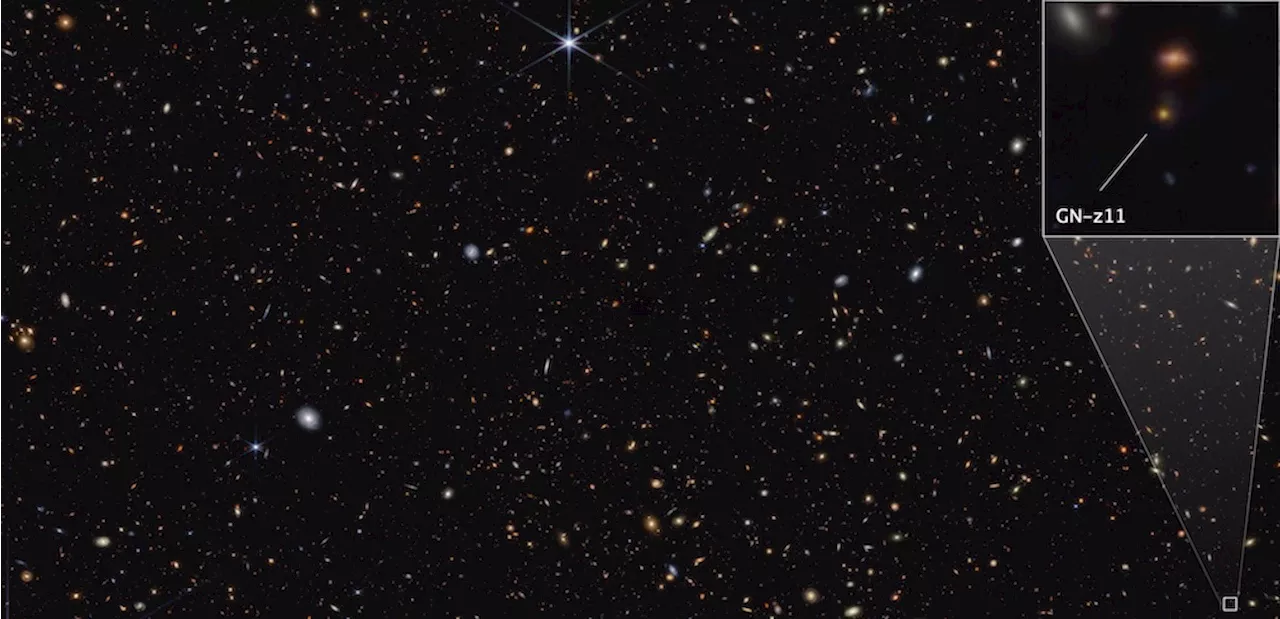 The Latest Mesmerizing Images from NASA's James Webb Space TelescopeWant to see the latest JWST images? The most recent image features the furthest known galaxy and black hole.
The Latest Mesmerizing Images from NASA's James Webb Space TelescopeWant to see the latest JWST images? The most recent image features the furthest known galaxy and black hole.
Read more »
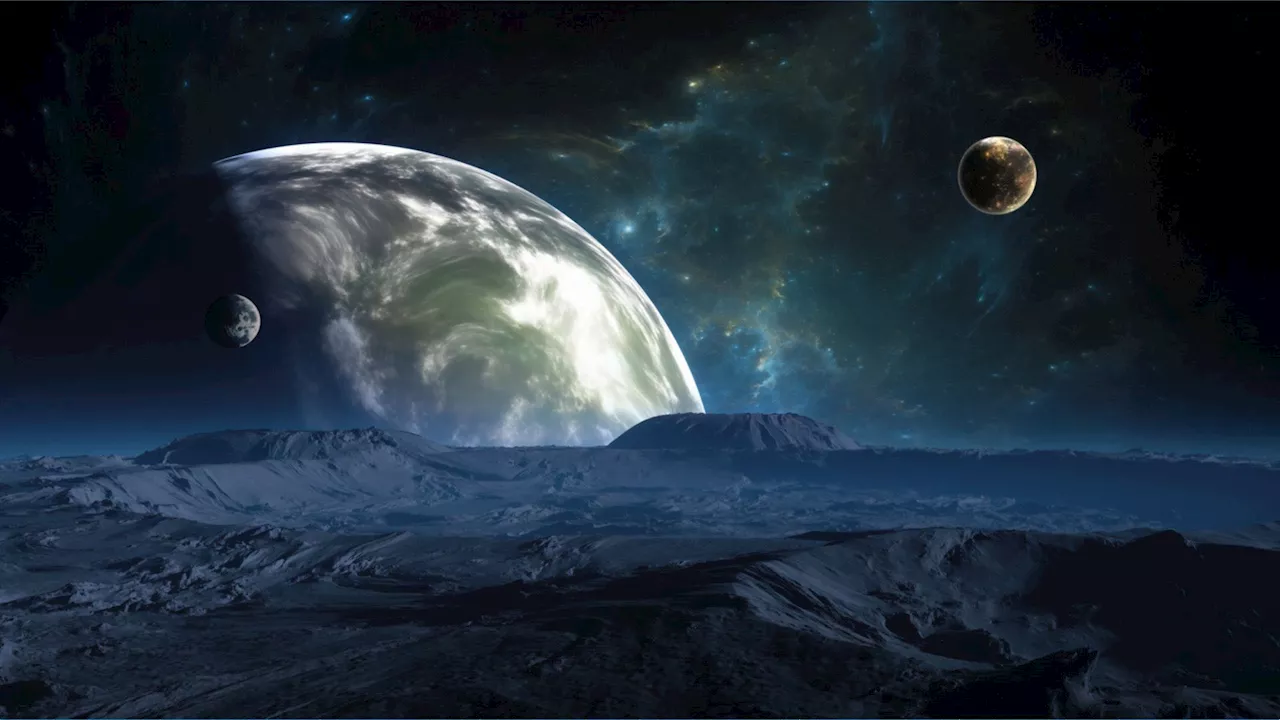 Webb telescope finds a ‘waterworld with a boiling ocean’ in deep spaceAstronomers find a new exoplanet that has waterworld tendencies due to the presence of methane and carbon dioxide.
Webb telescope finds a ‘waterworld with a boiling ocean’ in deep spaceAstronomers find a new exoplanet that has waterworld tendencies due to the presence of methane and carbon dioxide.
Read more »
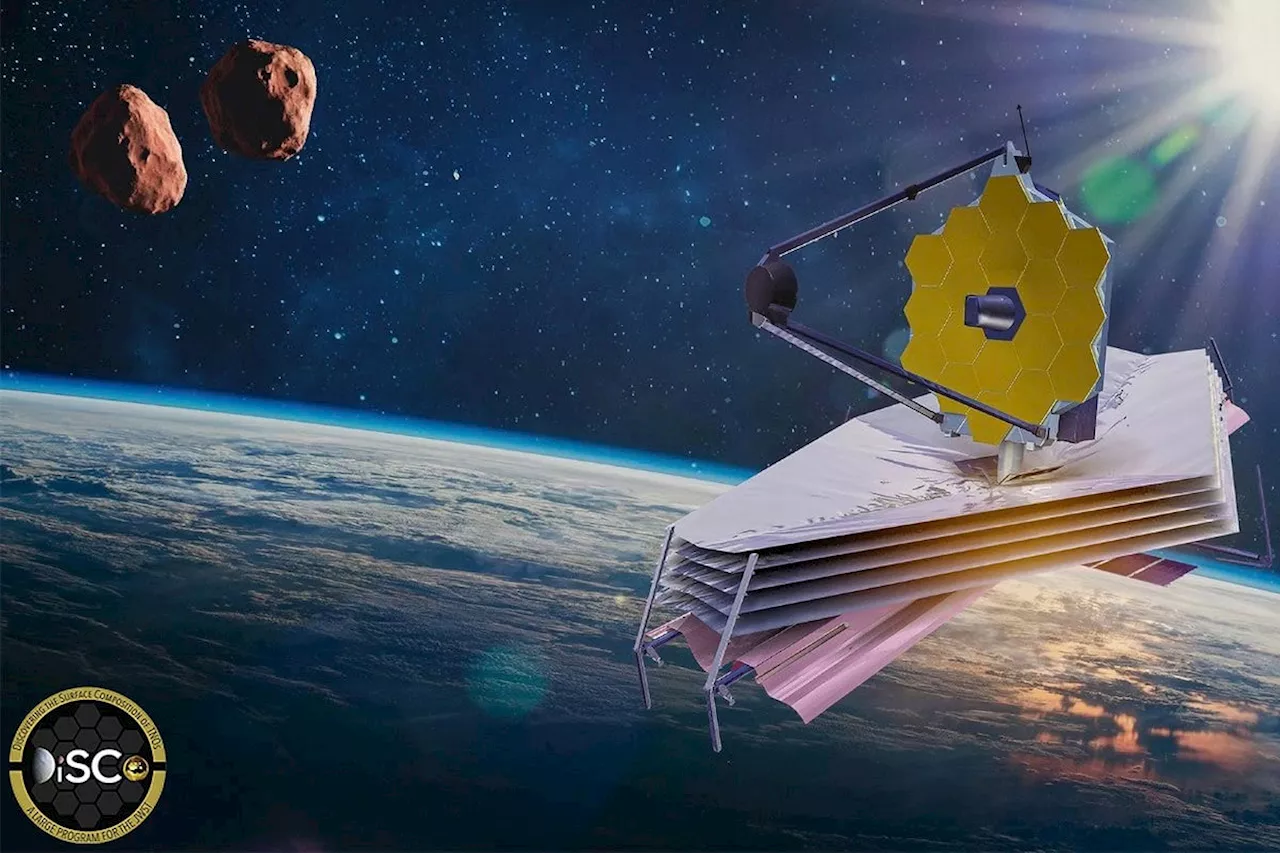 Webb Space Telescope Unlocks the Icy Secrets of Neptune’s BirthScience, Space and Technology News 2024
Webb Space Telescope Unlocks the Icy Secrets of Neptune’s BirthScience, Space and Technology News 2024
Read more »
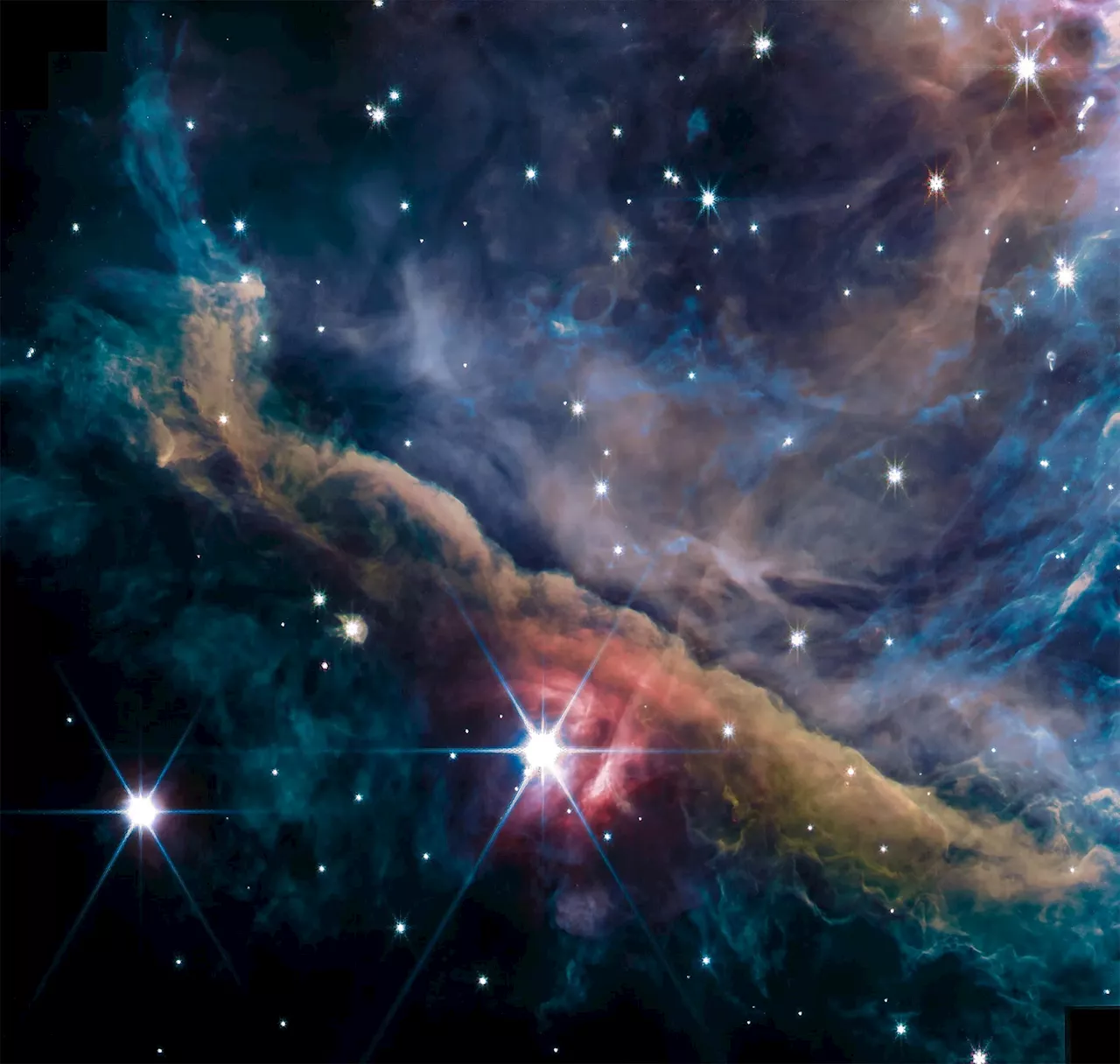 Webb Space Telescope Unveils the Invisible Forces That Sculpt Planetary SystemsScience, Space and Technology News 2024
Webb Space Telescope Unveils the Invisible Forces That Sculpt Planetary SystemsScience, Space and Technology News 2024
Read more »
